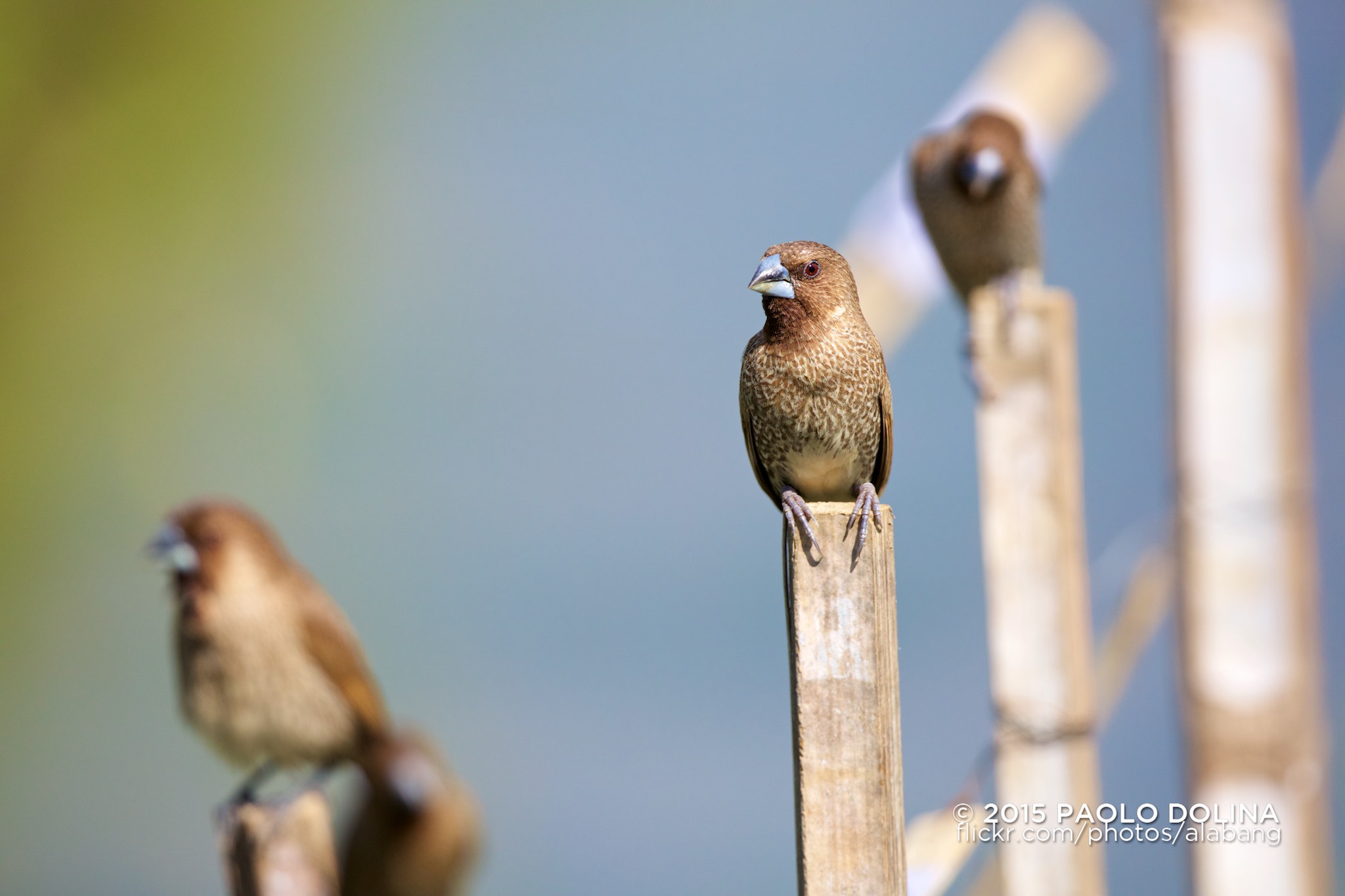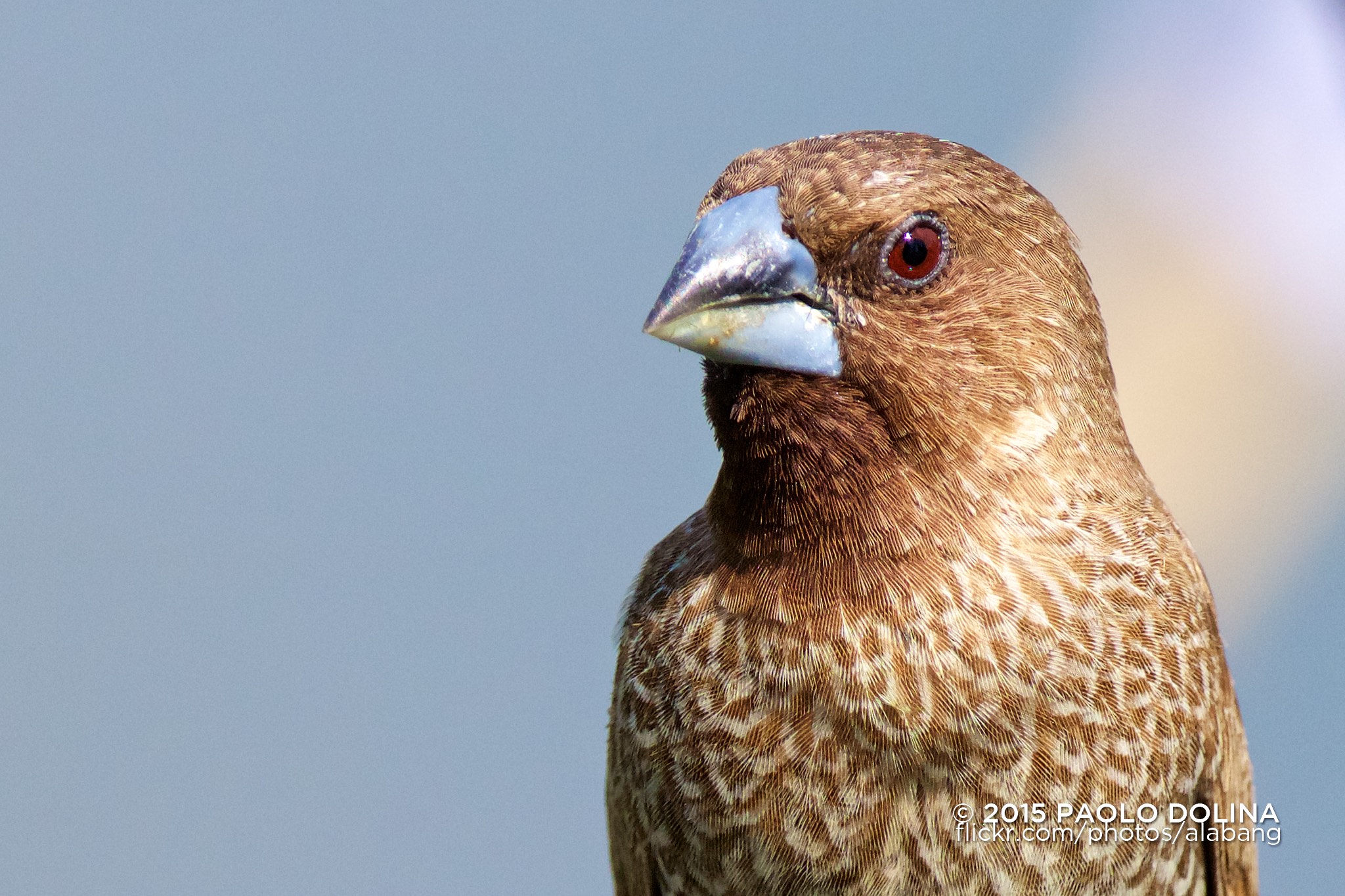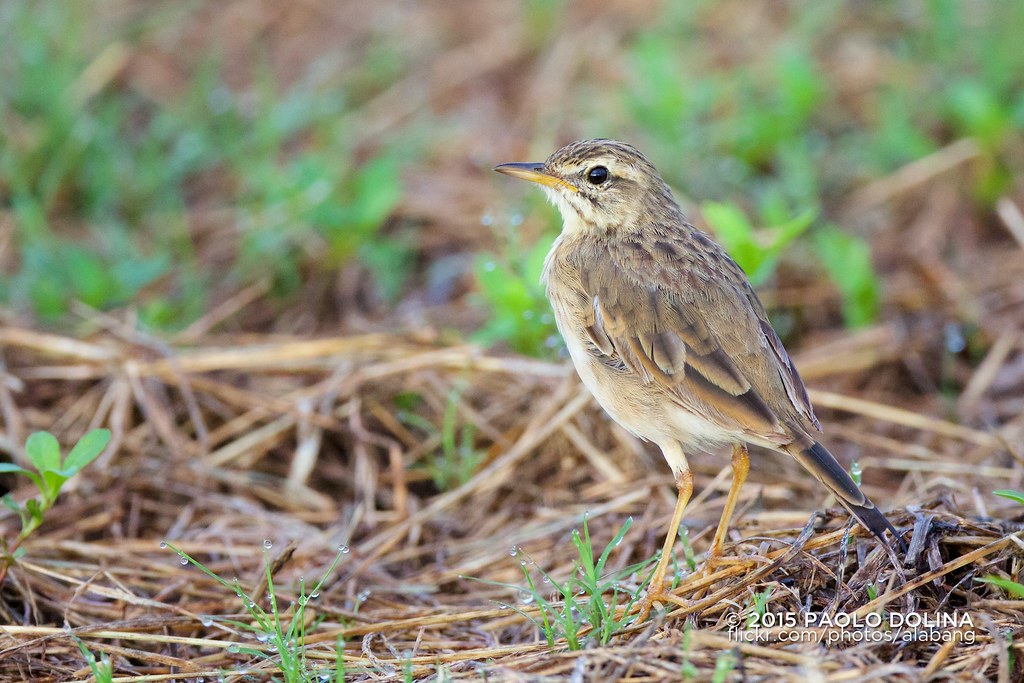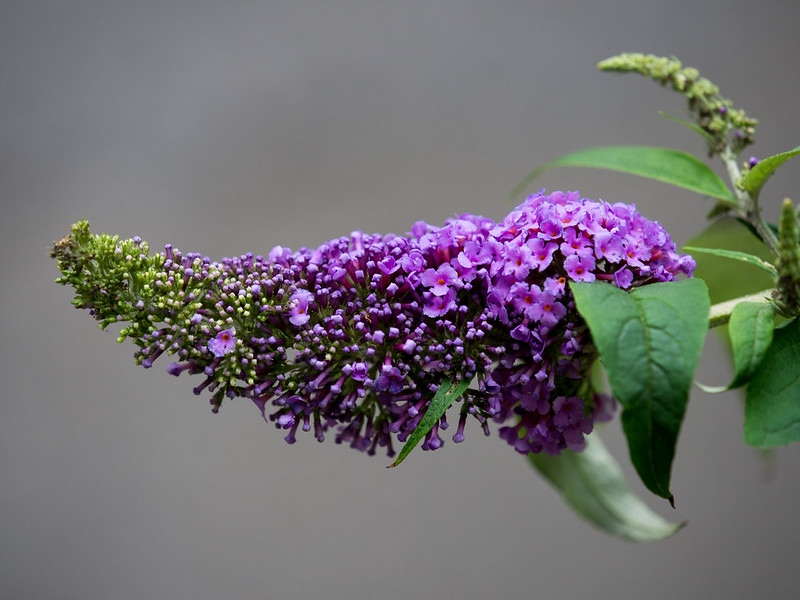You are using an out of date browser. It may not display this or other websites correctly.
You should upgrade or use an alternative browser.
You should upgrade or use an alternative browser.
Lens Flair
- Thread starter Overheat
- Start date
Black Z Eddie
Well-Known Member
- Joined
- Nov 30, 2008
- Messages
- 3,393
- Location
- Sydney, Australia
- Car(s)
- '03 Falcon BA XR6, '79 XD Falcon S, '08 X5 3.0D
- Joined
- Nov 30, 2008
- Messages
- 3,393
- Location
- Sydney, Australia
- Car(s)
- '03 Falcon BA XR6, '79 XD Falcon S, '08 X5 3.0D
Last night I finally took the DSLR out, and got some better photos.

Jyv?sj?rvi by misrabelle, on Flickr

Jyv?sj?rvi by misrabelle, on Flickr
XYZviper
Well-Known Member
I think it would be more clean if there would be no footbridge on the left, down side corner. Only water. 
Last night I finally took the DSLR out, and got some better photos.
Jyv?sj?rvi by misrabelle, on Flickr
- Joined
- Nov 30, 2008
- Messages
- 3,393
- Location
- Sydney, Australia
- Car(s)
- '03 Falcon BA XR6, '79 XD Falcon S, '08 X5 3.0D
Yeah there was no real way to cut the pier out without losing something else I wanted to keep.
BerserkerCatSplat
Hormone Induced
Been a while.


Psirus
Well-Known Member
Boobo-oobo
Well-Known Member
- Joined
- Nov 30, 2008
- Messages
- 3,393
- Location
- Sydney, Australia
- Car(s)
- '03 Falcon BA XR6, '79 XD Falcon S, '08 X5 3.0D
Thats very cool!
evoWALO
Well-Known Member
Finally, good light and easy birds to test the 5Ds R with.
50.6MP (as framed)

scaly-breasted munia (Lonchura punctulata) by alabang, on Flickr
Best seen at https://flic.kr/p/wtvM3b
19.9MP (as cropped)

scaly-breasted munia (Lonchura punctulata) by alabang, on Flickr
Best seen at https://flic.kr/p/vz9ovj
100% magnification (as cropped)

scaly-breasted munia (Lonchura punctulata), by alabang, on Flickr
Best seen at https://flic.kr/p/wwCYRV
EXIF: f/8.0 1/1250 ISO 800 800mm 5Ds R handheld
The scaly-breasted munia or spotted munia (Lonchura punctulata), known in the pet trade as nutmeg mannikin or spice finch, is a sparrow-sized estrildid finch native to tropical Asia. A species of the genus Lonchura, it was formally described and named by Carl Linnaeus in 1758. Its name is based on the distinct scale-like feather markings on the breast and belly. The adult is brown above and has a dark conical bill. The species has 11 subspecies across their range and differ slightly in size and colour.
This munia eats mainly on grass seeds apart from berries and small insects. They forage in flocks and communicate with soft calls and whistles. The species is highly social and may sometimes roost with other species of munias. This species is found in tropical plains and grasslands. Breeding pairs construct dome-shaped nests using grass or bamboo leaves.
The species is endemic to Asia and occurs from India and Sri Lanka east to Indonesia and the Philippines. It has been introduced into many other parts of the world and feral populations have established in Puerto Rico and Hispaniola as well as parts of Australia and the United States of America. The bird is listed as of Least Concern by the International Union for Conservation of Nature (IUCN).
Source: https://en.wikipedia.org/wiki/Scaly-breasted_munia
Location: https://en.wikipedia.org/wiki/International_Rice_Research_Institute
50.6MP (as framed)

scaly-breasted munia (Lonchura punctulata) by alabang, on Flickr
Best seen at https://flic.kr/p/wtvM3b
19.9MP (as cropped)

scaly-breasted munia (Lonchura punctulata) by alabang, on Flickr
Best seen at https://flic.kr/p/vz9ovj
100% magnification (as cropped)

scaly-breasted munia (Lonchura punctulata), by alabang, on Flickr
Best seen at https://flic.kr/p/wwCYRV
EXIF: f/8.0 1/1250 ISO 800 800mm 5Ds R handheld
The scaly-breasted munia or spotted munia (Lonchura punctulata), known in the pet trade as nutmeg mannikin or spice finch, is a sparrow-sized estrildid finch native to tropical Asia. A species of the genus Lonchura, it was formally described and named by Carl Linnaeus in 1758. Its name is based on the distinct scale-like feather markings on the breast and belly. The adult is brown above and has a dark conical bill. The species has 11 subspecies across their range and differ slightly in size and colour.
This munia eats mainly on grass seeds apart from berries and small insects. They forage in flocks and communicate with soft calls and whistles. The species is highly social and may sometimes roost with other species of munias. This species is found in tropical plains and grasslands. Breeding pairs construct dome-shaped nests using grass or bamboo leaves.
The species is endemic to Asia and occurs from India and Sri Lanka east to Indonesia and the Philippines. It has been introduced into many other parts of the world and feral populations have established in Puerto Rico and Hispaniola as well as parts of Australia and the United States of America. The bird is listed as of Least Concern by the International Union for Conservation of Nature (IUCN).
Source: https://en.wikipedia.org/wiki/Scaly-breasted_munia
Location: https://en.wikipedia.org/wiki/International_Rice_Research_Institute
XYZviper
Well-Known Member
Black Z Eddie
Well-Known Member
evoWALO
Well-Known Member
More from the 5Ds R on that same day.
50.6MP (as framed)

Oriental pipit (Anthus rufulus) by alabang, on Flickr
Best seen at https://flic.kr/p/wyryq1
12.3MP (as cropped)

Oriental pipit (Anthus rufulus) by alabang, on Flickr
Best seen at https://flic.kr/p/vC7KXU
100% magnification (as cropped)

Oriental pipit, (Anthus rufulus) by alabang, on Flickr
Best seen at https://flic.kr/p/wz9mjt
EXIF: f/5.6 1/800 ISO 3200 800mm 5Ds R handheld
The paddyfield pipit, or Oriental pipit,[2] (Anthus rufulus) is a small passerine bird in the pipit and wagtail family. It is a resident (non-migratory) breeder in open scrub, grassland and cultivation in southern Asia east to the Philippines. Although among the few breeding pipits in the Asian region, identification becomes difficult in winter when several other species migrate into the region. The taxonomy of the species is complex and has undergone considerable changes.
Source: https://en.wikipedia.org/wiki/Paddyfield_pipit
Location: https://en.wikipedia.org/wiki/International_Rice_Research_Institute
50.6MP (as framed)

Oriental pipit (Anthus rufulus) by alabang, on Flickr
Best seen at https://flic.kr/p/wyryq1
12.3MP (as cropped)

Oriental pipit (Anthus rufulus) by alabang, on Flickr
Best seen at https://flic.kr/p/vC7KXU
100% magnification (as cropped)

Oriental pipit, (Anthus rufulus) by alabang, on Flickr
Best seen at https://flic.kr/p/wz9mjt
EXIF: f/5.6 1/800 ISO 3200 800mm 5Ds R handheld
The paddyfield pipit, or Oriental pipit,[2] (Anthus rufulus) is a small passerine bird in the pipit and wagtail family. It is a resident (non-migratory) breeder in open scrub, grassland and cultivation in southern Asia east to the Philippines. Although among the few breeding pipits in the Asian region, identification becomes difficult in winter when several other species migrate into the region. The taxonomy of the species is complex and has undergone considerable changes.
Source: https://en.wikipedia.org/wiki/Paddyfield_pipit
Location: https://en.wikipedia.org/wiki/International_Rice_Research_Institute
Black Z Eddie
Well-Known Member
The compositions, yes. The posing, I'd say it's 80% of the time, I have them do whatever. I'm not very good at directing so I just let do their thing and I do mine. Once in a while, I'll have something in mind for them to try.Do You also think off the compositions and how they should pose?
- Joined
- Nov 30, 2008
- Messages
- 3,393
- Location
- Sydney, Australia
- Car(s)
- '03 Falcon BA XR6, '79 XD Falcon S, '08 X5 3.0D










